Sarong product photography is an essential aspect of showcasing the beauty, fabric, and versatility of sarongs for fashion brands and independent designers. Capturing stunning images requires not just a good camera but also strategic angles, well-composed poses, and expert lighting techniques. In this comprehensive guide, we will explore the best approaches to Sarong Product Photography, covering ideal shooting angles, flattering model poses, fabric movement techniques, and post-processing strategies to create compelling, high-quality visuals that enhance your brand’s appeal.
Importance of Sarong Product Photography
Sarongs are graceful, flowing garments, often associated with beachwear, resort fashion, and traditional wear. Their lightweight nature and variety of styles make them unique in terms of how they drape, reflect light, and create movement. Capturing these elements in a photograph can make a significant difference in the marketability of the product. High-quality Sarong Product Photography can:
- Enhance online sales and customer engagement
- Highlight the fabric’s texture, design, and fluidity
- Showcase various ways to style and wear the sarong
- Make your brand stand out in the competitive fashion industry
Choosing the Right Angles for Sarong Product Photography
Angles play a crucial role in presenting a sarong in its best form. Whether you are focusing on the intricate patterns, demonstrating how it wraps around the body, or emphasizing its lightweight flow, selecting the right angles ensures that the product is showcased optimally.
1. Eye-Level Shots
- Eye-level photography presents the sarong in a natural, relatable way.
- Works best for e-commerce listings and social media posts.
- Maintains accurate proportions and provides a neutral perspective.
2. High-Angle Shots
- High-angle photography can highlight the entire drape of the sarong.
- Ideal for flat-lay compositions where the fabric is displayed with accessories.
- Adds an artistic touch by showing the interplay of colors and patterns.
3. Low-Angle Shots
- A low-angle shot creates a powerful, dramatic effect.
- Helps in emphasizing the flowing nature of the fabric.
- Works well for outdoor, beach-themed, and movement-based photography.
4. Close-Up Angles
- Focuses on fabric texture, embroidery, or printed patterns.
- Allows the customer to appreciate the detailing of the sarong.
- Best for luxury or designer sarongs where fabric quality is a selling point.
5. Over-the-Shoulder Perspective
- Creates a more lifestyle-driven, storytelling approach.
- Helps customers envision themselves wearing the sarong.
- Adds a sense of depth and movement to the image.
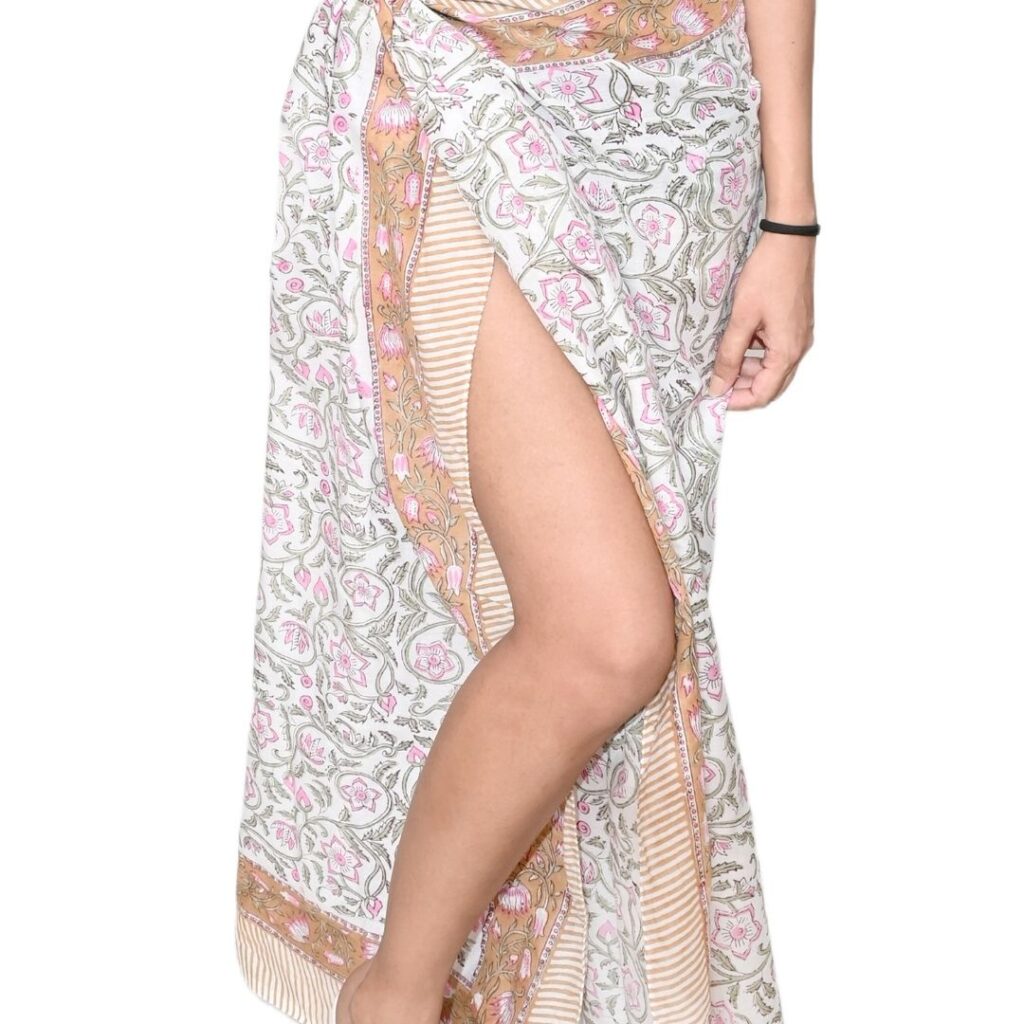
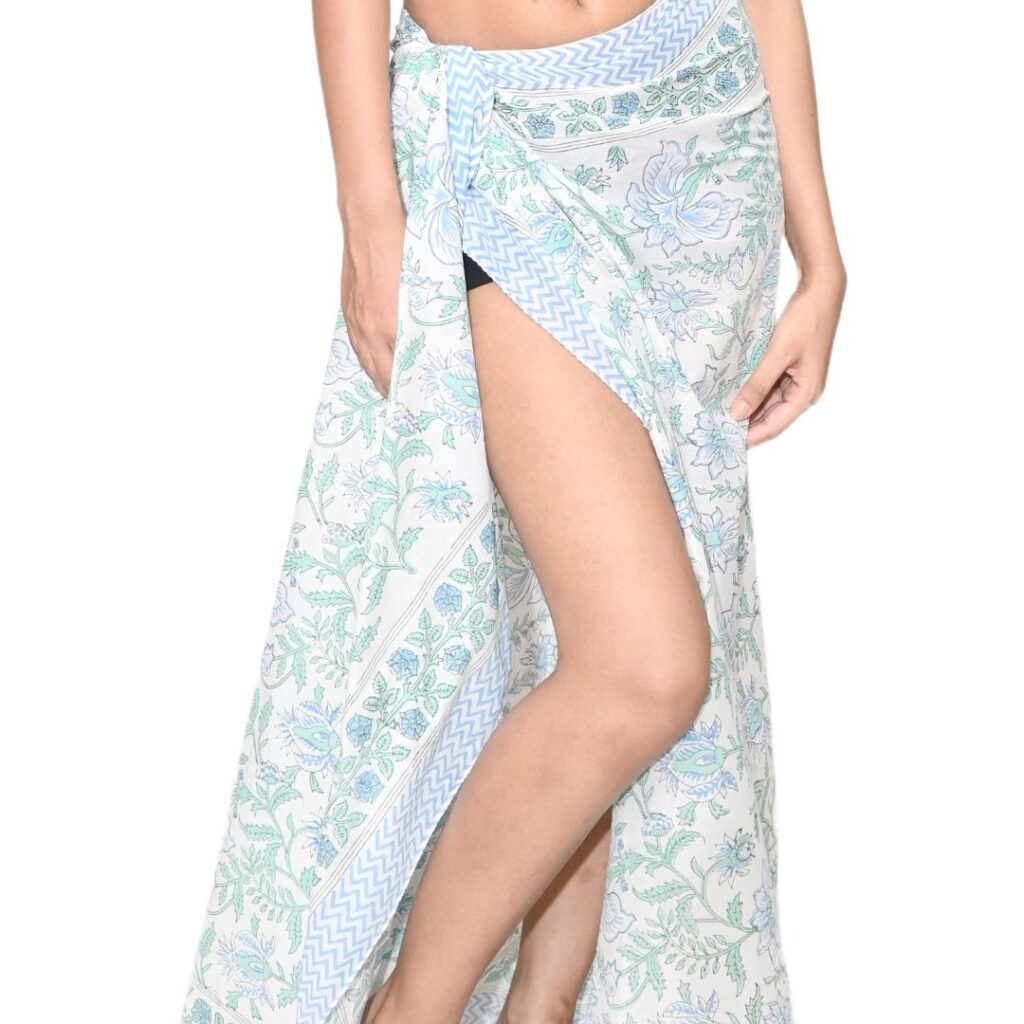
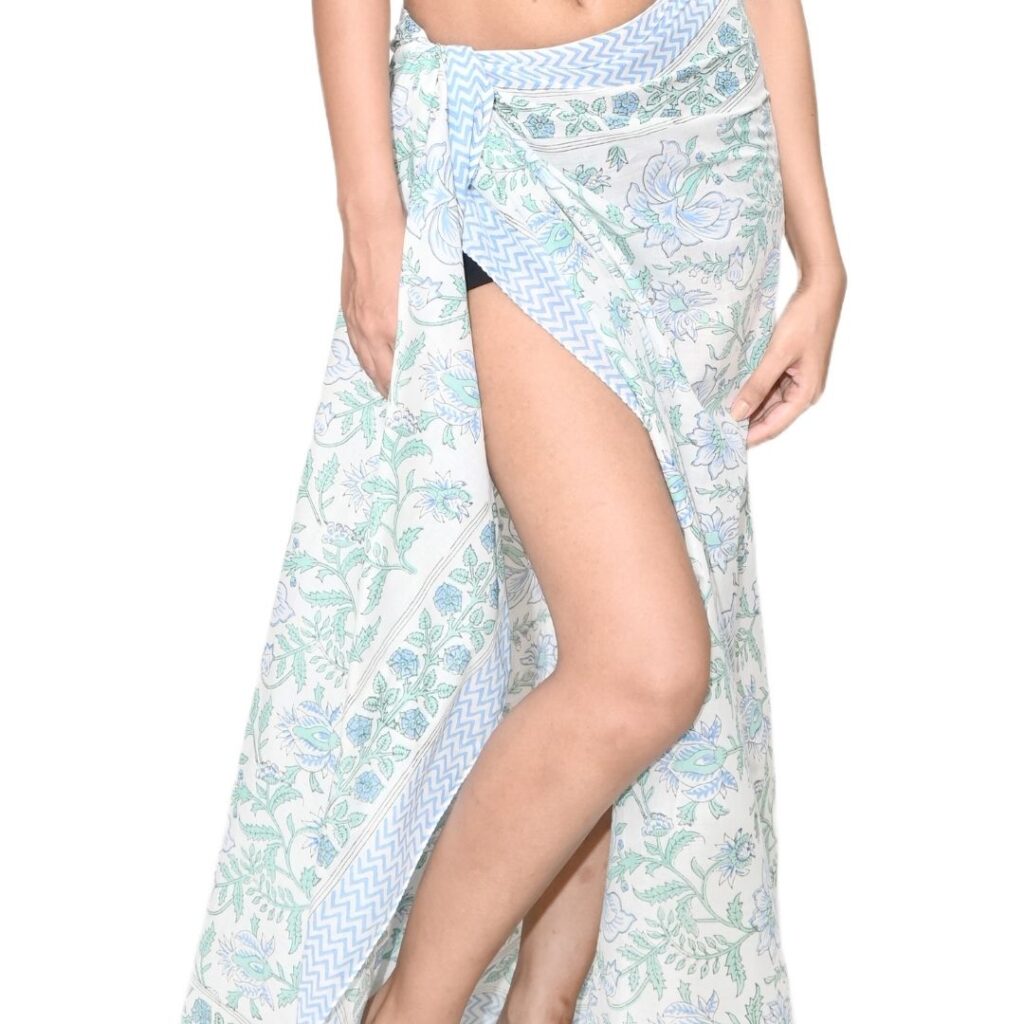
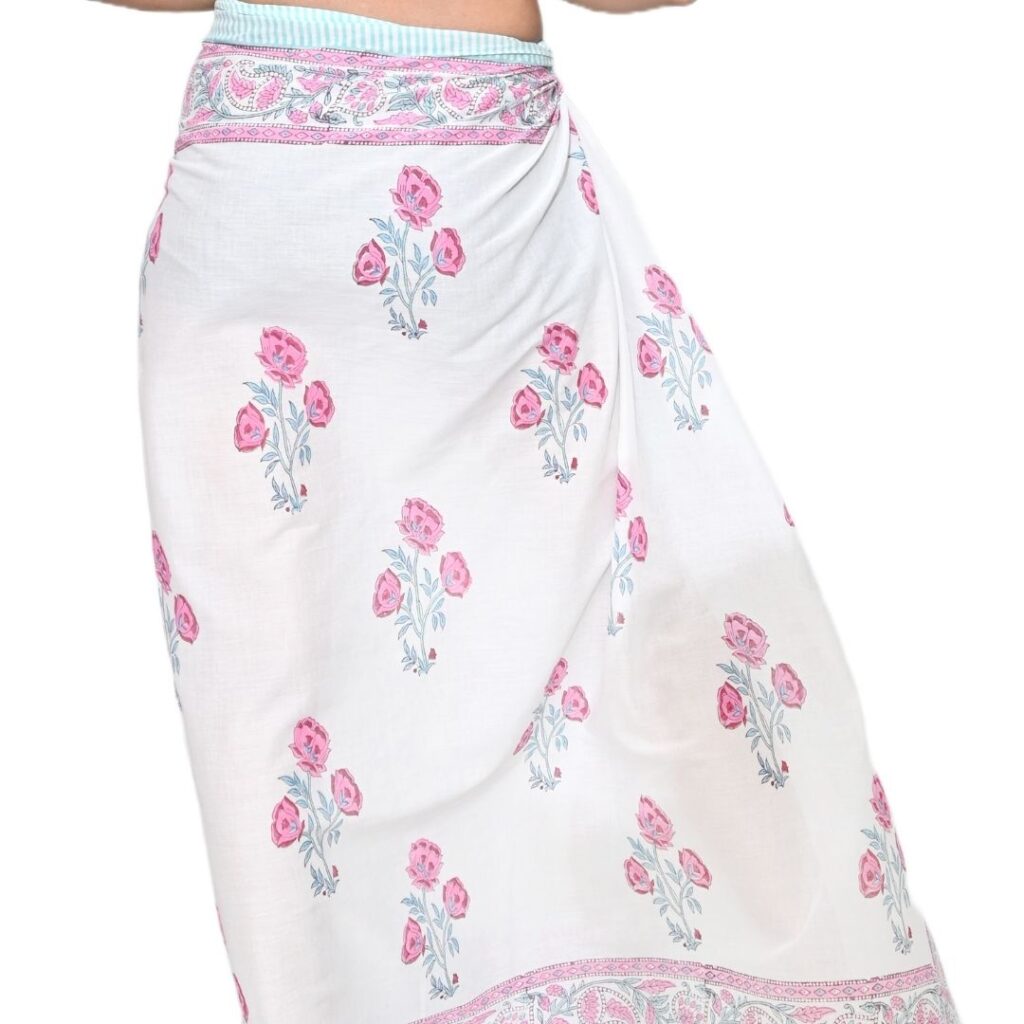
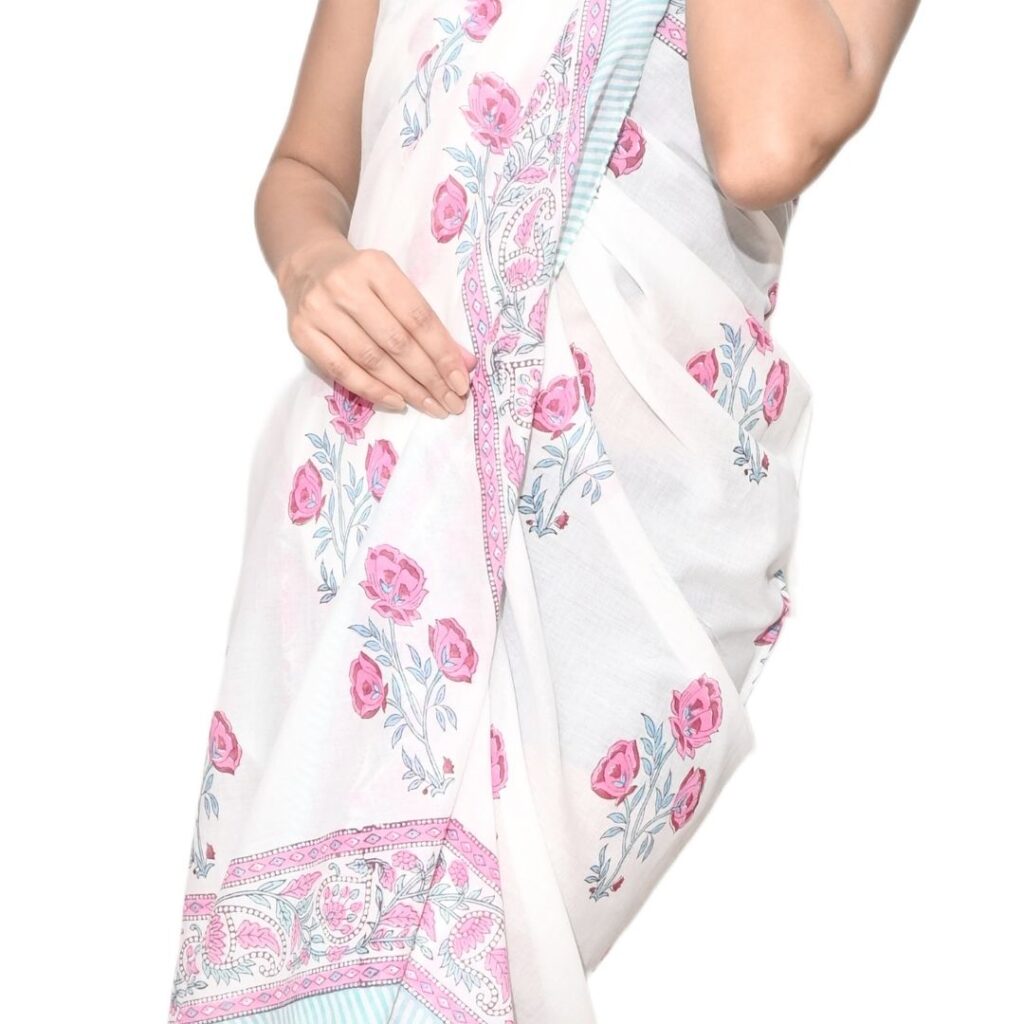
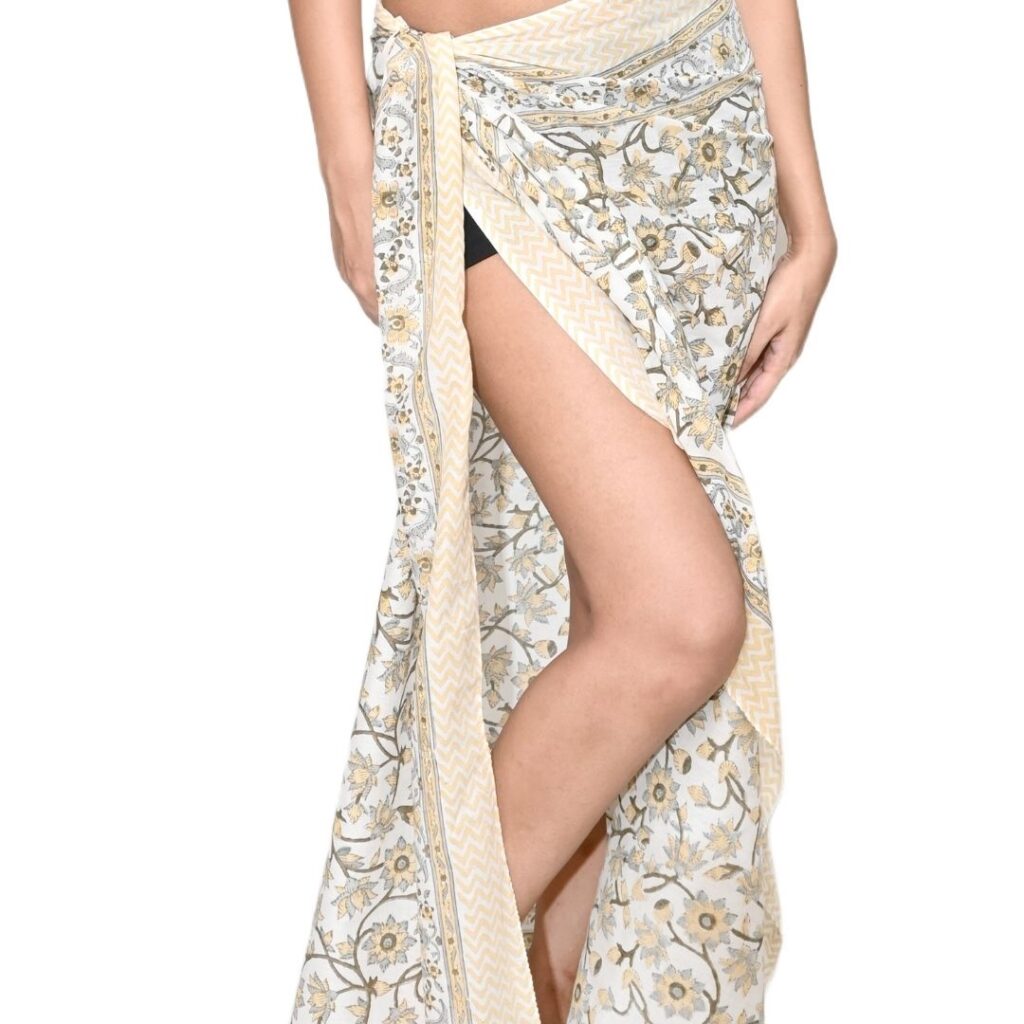
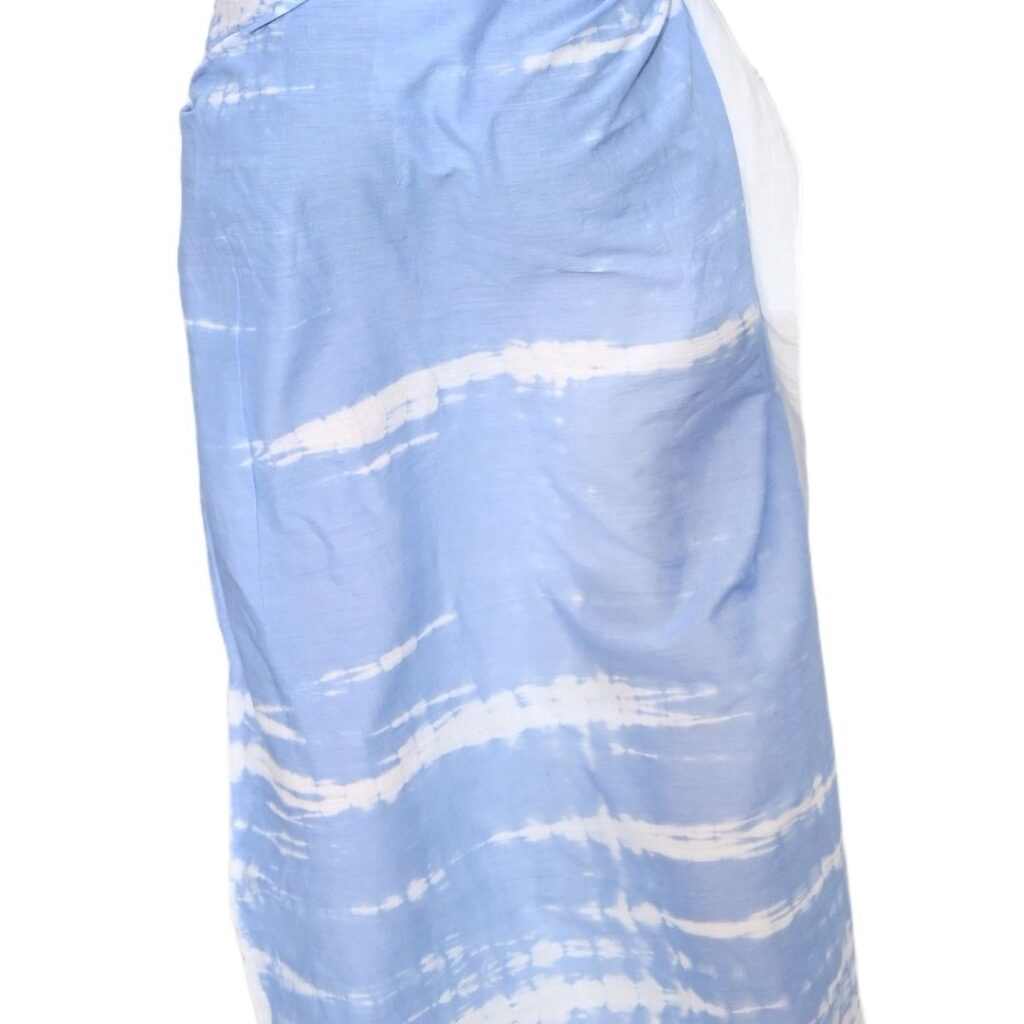
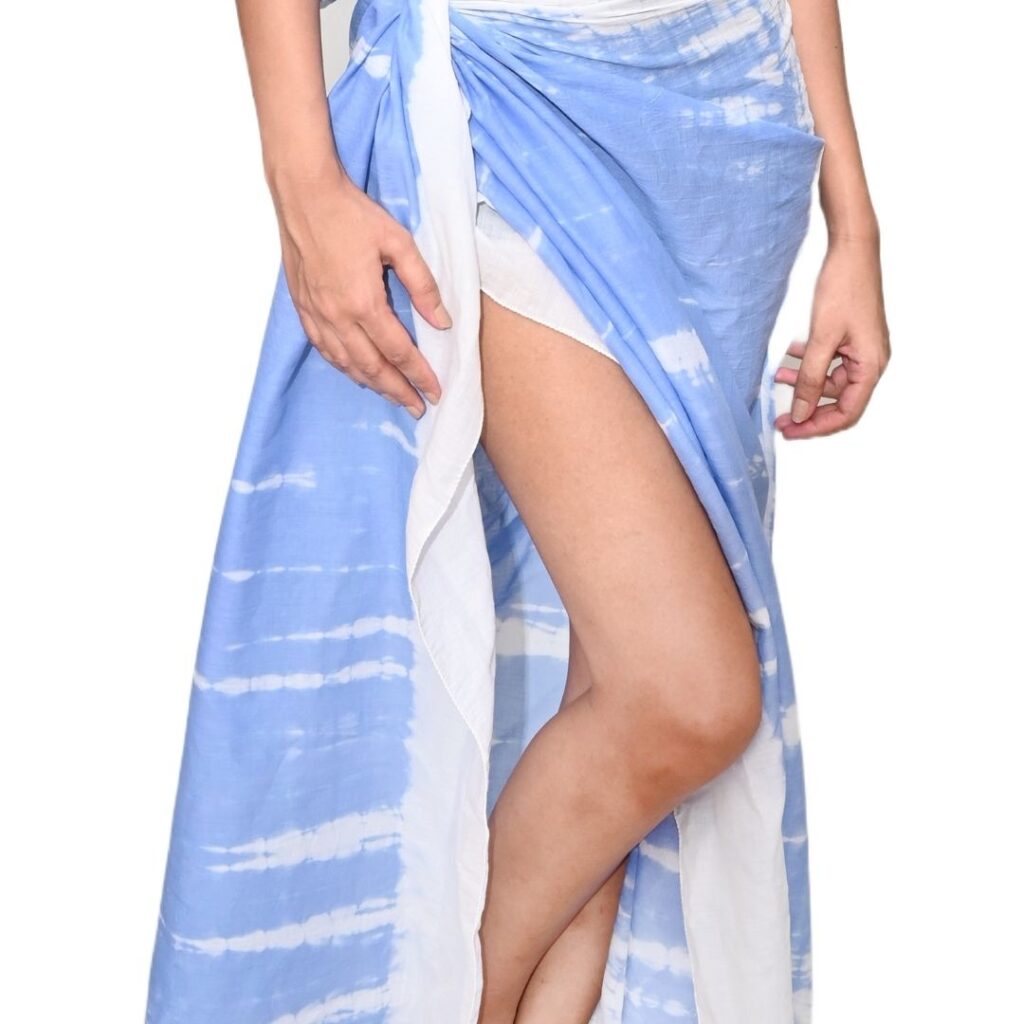
Best Poses for Sarong Product Photography
Models play an essential role in showcasing the versatility of sarongs. The right poses can highlight the drape, movement, and adaptability of the garment, making it more visually appealing to potential buyers.
1. The Classic Wrap Pose
- Demonstrates how to tie a sarong into a classic wrap dress.
- Works well for full-body shots, emphasizing the elegance of the fabric.
2. Over-the-Shoulder Drape
- Creates a relaxed, vacation-style look.
- Best for bohemian or resort-wear branding.
3. Twirling Motion Shot
- Captures the sarong’s flowing nature.
- Works best with light, airy fabrics to showcase movement.
4. Sitting and Leaning Pose
- Ideal for seaside, poolside, or casual lounge settings.
- Adds a sense of relaxation and effortless fashion.
5. Wind-Blown Action Pose
- Uses natural wind or artificial fans to enhance the fabric’s movement.
- Perfect for outdoor, lifestyle, and bohemian-styled shoots.
Essential Lighting Techniques for Sarong Photography
Lighting is the key factor in ensuring that the colors, textures, and folds of the sarong are showcased properly. Here are some best lighting practices for Sarong Product Photography:
1. Soft Natural Light
- Best for beach and outdoor shoots.
- Reduces harsh shadows and enhances the sarong’s natural flow.
2. Diffused Studio Lighting
- Ideal for indoor and e-commerce product photography.
- Ensures even lighting and color accuracy.
3. Backlighting for Transparency
- Highlights semi-transparent fabrics beautifully.
- Creates an ethereal, soft glow effect.
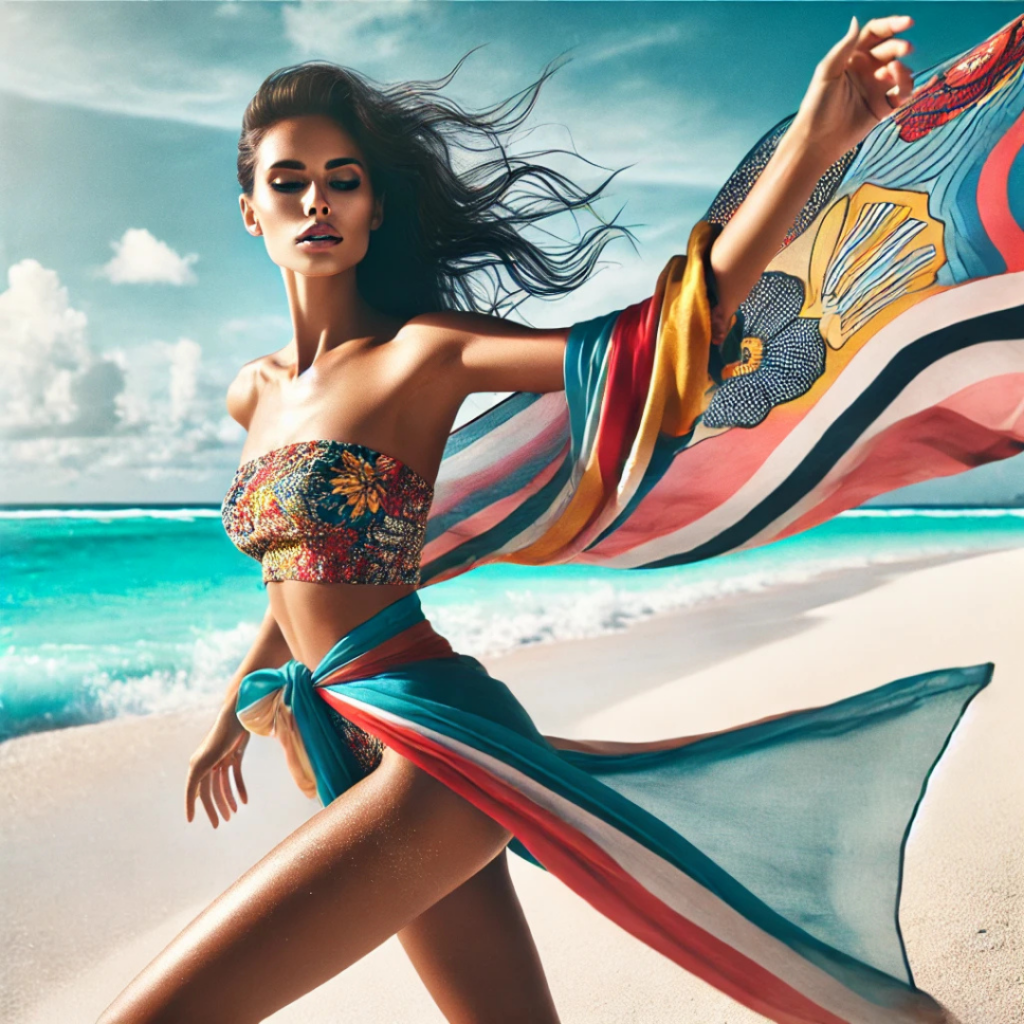
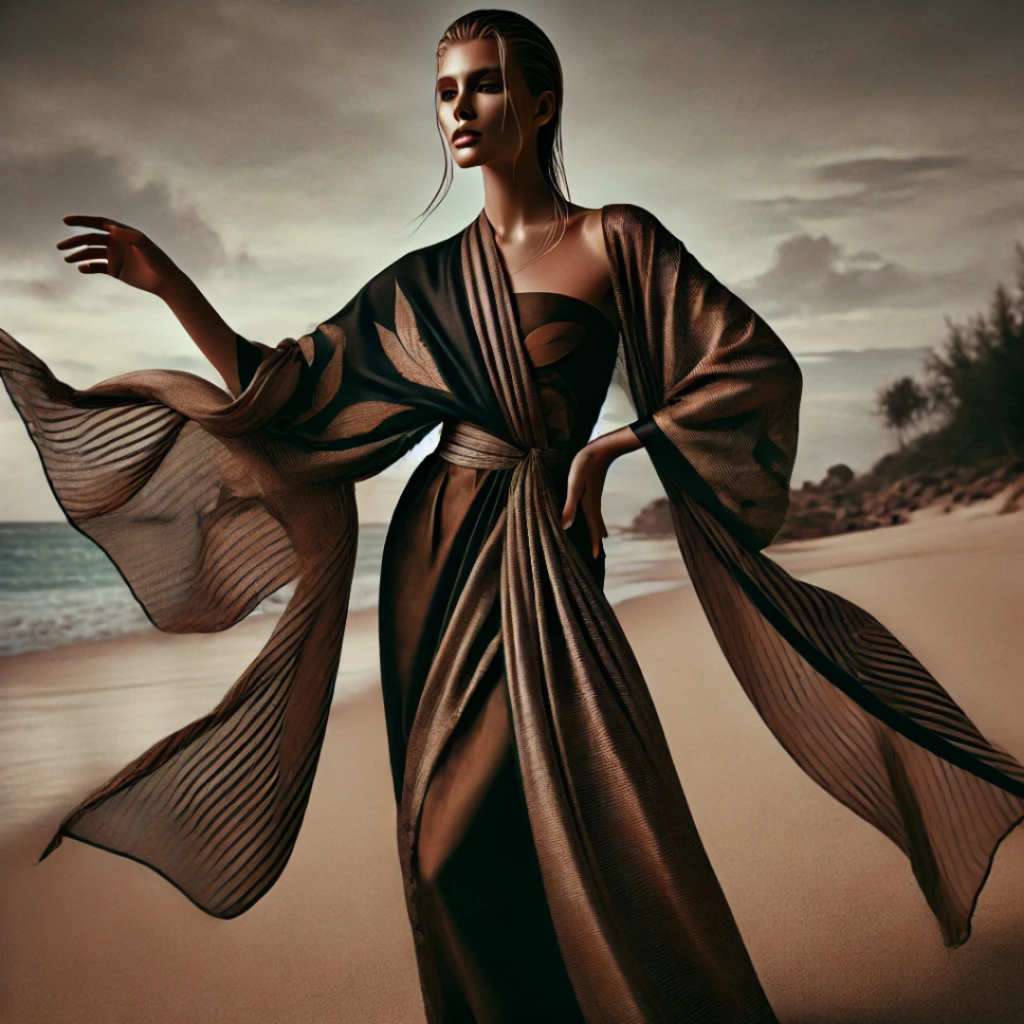
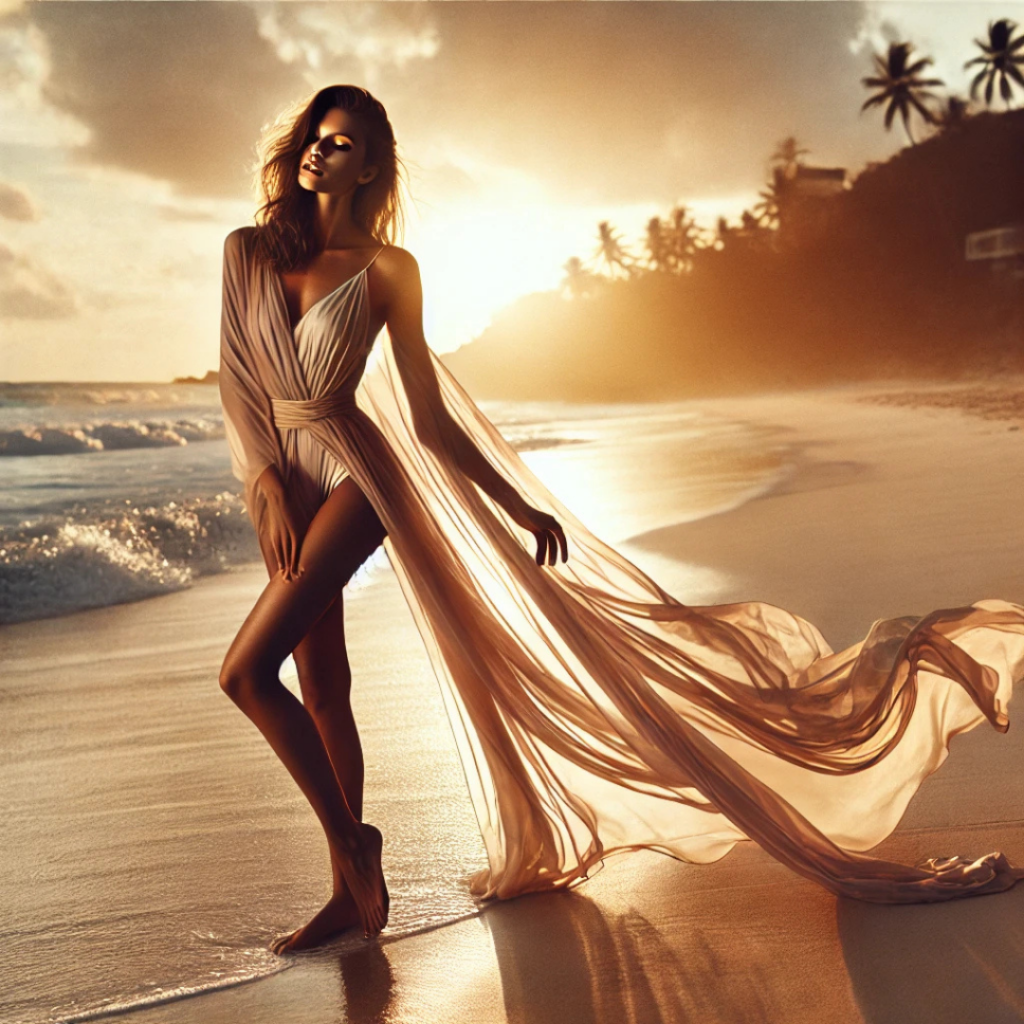
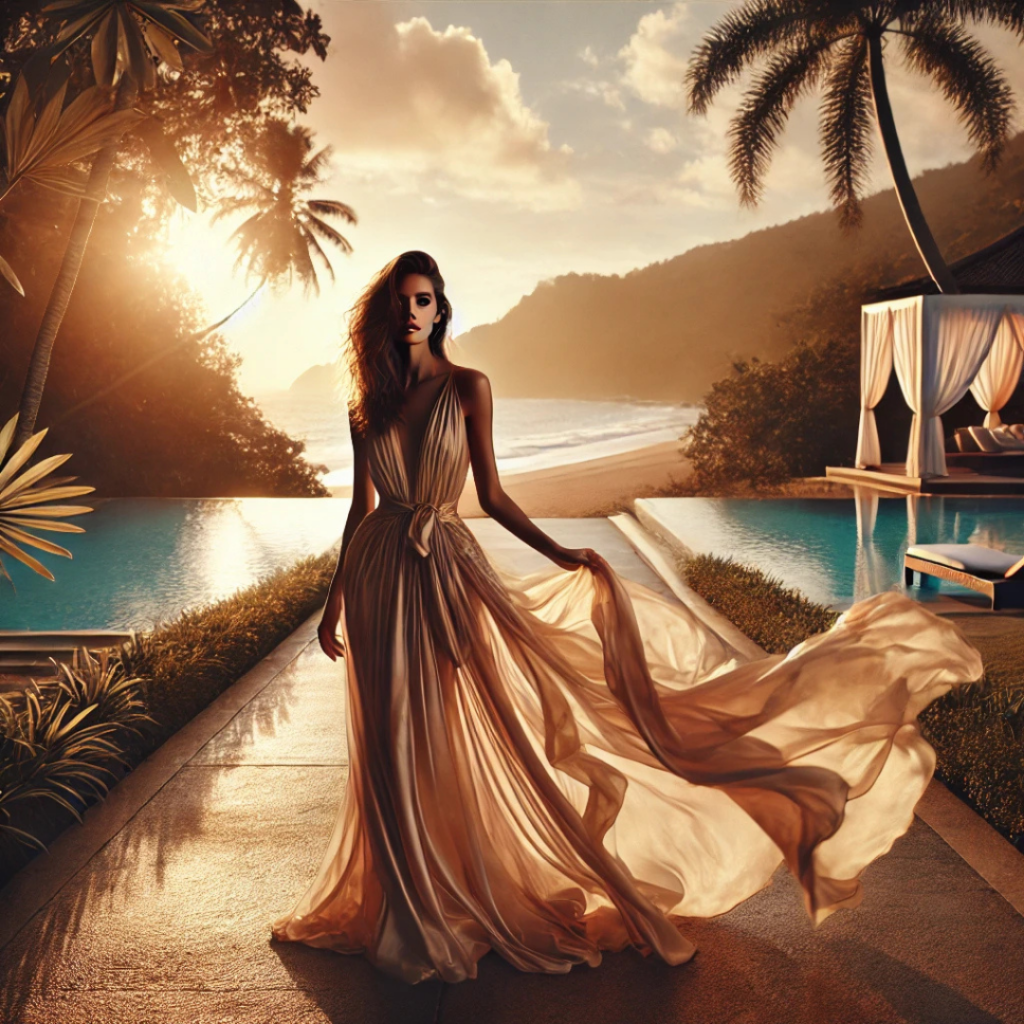
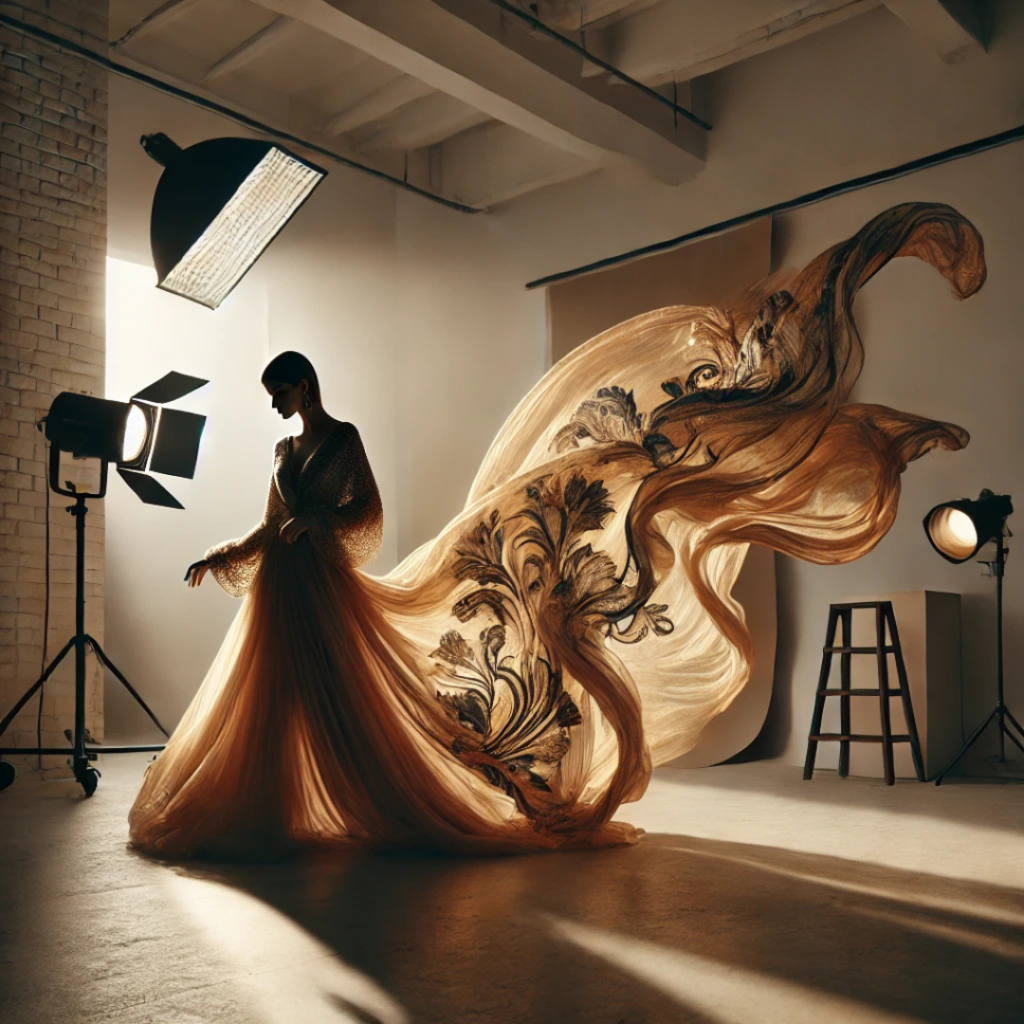
Post-Processing Techniques for Sarong Product Photography
Editing plays a significant role in refining Sarong Product Photography. Here’s how you can enhance your images:
1. Color Correction
- Adjusts hues to maintain true fabric colors.
- Ensures brand consistency across product images.
2. Background Removal
- Helps in creating clean, professional product listings.
- Ideal for e-commerce sites and catalogs.
3. Retouching Fabric Details
- Enhances fine textures and eliminates wrinkles.
- Ensures the fabric looks smooth and high-quality.
Conclusion
Sarong Product Photography is both an art and a technique-driven craft. The right angles, thoughtful poses, and precise lighting strategies all contribute to making your sarong images visually compelling and highly marketable. Whether you’re a fashion photographer, brand owner, or content creator, implementing these expert photography tips will enhance your product presentation and boost audience engagement.
FAQ Section
1. What camera settings are best for Sarong Product Photography?
- Use a high aperture (f/8 – f/11) for sharpness and depth.
- A shutter speed of at least 1/200 sec to capture movement.
- ISO 100-200 for the best image quality.
2. How do I prevent overexposure in outdoor sarong photography?
- Shoot during golden hours (early morning or late afternoon).
- Use a diffuser or reflector to soften harsh sunlight.
3. What backgrounds work best for Sarong Product Photography?
- Clean white backgrounds for e-commerce.
- Beach or tropical backgrounds for lifestyle shots.
- Minimalist wooden or neutral textures to complement fabric details.
4. How can I make sarong images more dynamic?
- Incorporate movement, twirls, or wind-blown effects.
- Use layering and accessories to create variety in styling.
5. What editing software is recommended for post-processing?
- Adobe Lightroom for color correction and enhancements.
- Photoshop for background adjustments and retouching.
By implementing these photography techniques, you can create stunning, high-quality sarong images that capture the essence of the fabric and boost your brand’s visual storytelling. 🎥📷
Book your Sarong Shoots in Jaipur now with The Candid Shoot and create timeless memories today!

Sony Alpha a7 IV: The Ultimate Camera for Photography
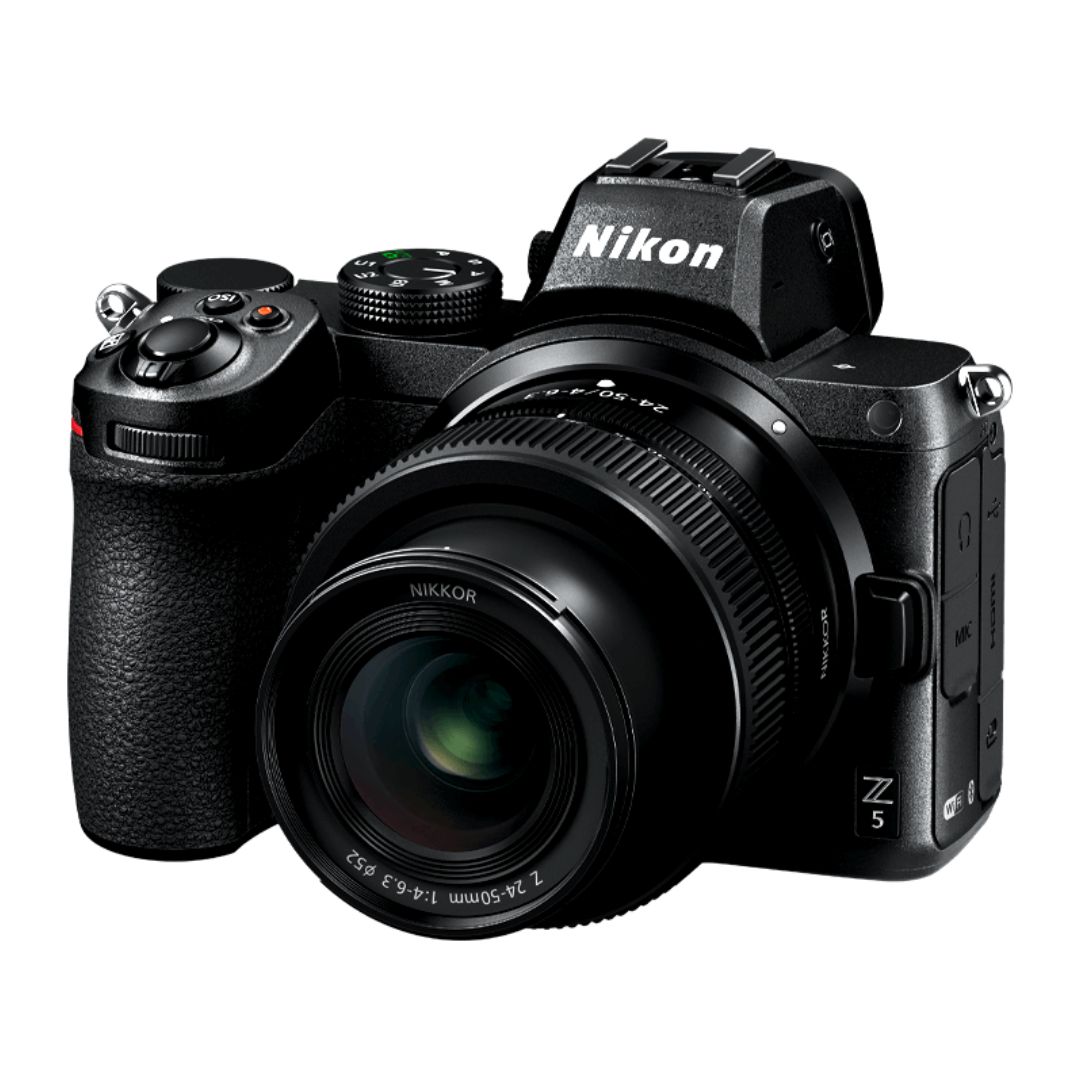
Nikon Z5 Review: Is It Worth It?
-
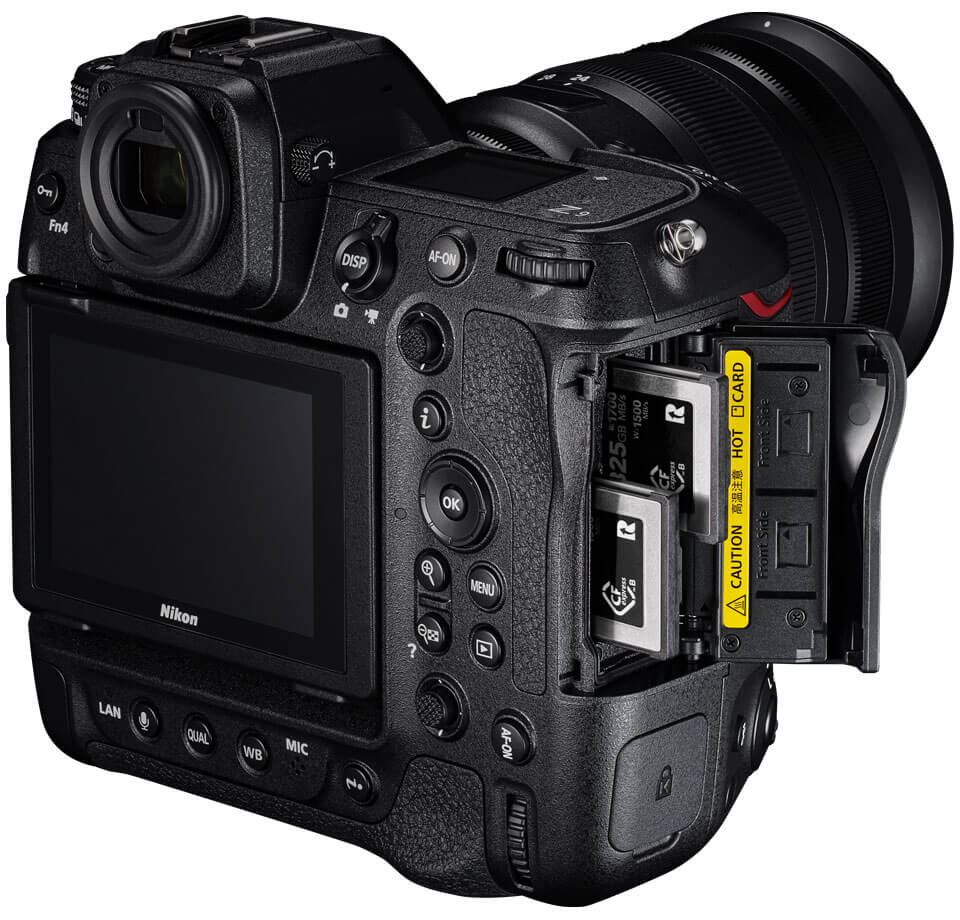
Nikon Z9 : Game-Changer for Photography
-
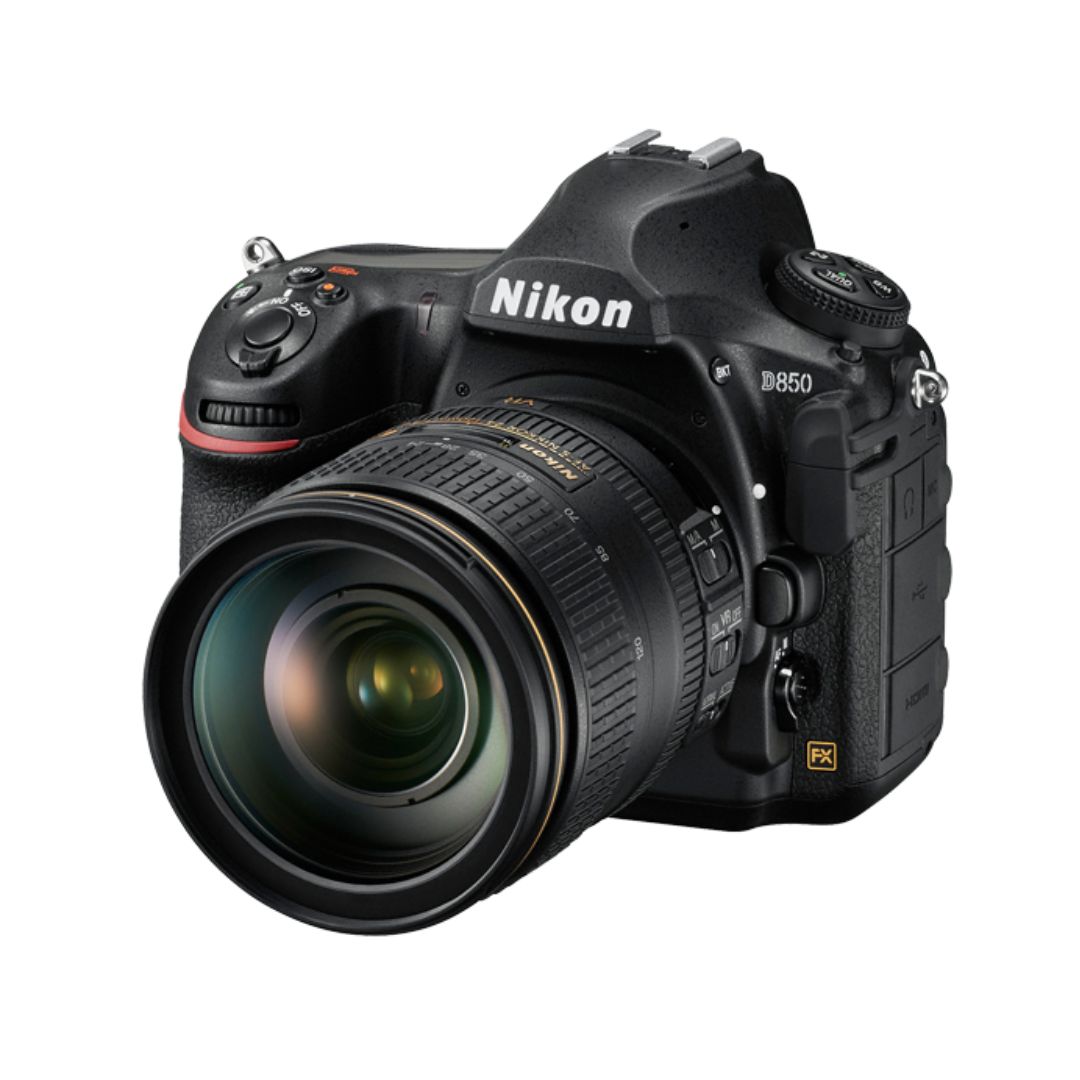
Top Features of Nikon D850 That Make It Ideal for Portfolio Shoots
Sony Alpha a7 IV: The Ultimate Camera for Photography
Explore the Sony Alpha a7 IV in this complete 2025 review. Learn how its pro-level features, real-world performance, and hybrid flexibility make it the ultimate camera for photography across genres like portraits, weddings, travel, and commercial work. Table of Contents Section 1: Introduction – Why the Sony Alpha a7 IV Stands Out The Sony Alpha…
Nikon Z5 Review: Is It Worth It?
In 2025, photographers—whether hobbyists, content creators, or professionals—seek equipment that blends value, performance, and future-readiness. Enter the Nikon Z5, a full-frame mirrorless camera marketed as a gateway to high-end imaging without a flagship price tag. But how well does it hold up under real-world demands like studio shoots, weddings, landscape adventures, and lifestyle photography? In…
Nikon Z9 : Game-Changer for Photography
Discover why the Nikon Z9 is considered a true game-changer for photography. This in-depth Nikon Z9 review explores key features, real-world performance, and how it excels in professional photo shoots in 2025. Table of Contents 1. Introduction The photography world witnessed a significant shift with the launch of the Nikon Z9, a flagship mirrorless camera…
Top Features of Nikon D850 That Make It Ideal for Portfolio Shoots
Discover why the Nikon D850 is the ultimate DSLR for portfolio shoots. Explore its top features—from resolution and dynamic range to autofocus precision and workflow speed—that help photographers create stunning, high-impact images for professional portfolios. Whether you’re a portrait artist, fashion photographer, or visual storyteller, a portfolio shoot demands technical excellence, creative flexibility, and uncompromised…
Candid Moments with Canon EOS R10: Lightweight & Reliable
In the evolving world of mirrorless photography, the Canon EOS R10 stands out as a lightweight yet powerful camera tailored for real-life storytelling. Whether you’re photographing street scenes, family gatherings, weddings, or spontaneous portraits, capturing genuine emotion requires a responsive and discreet tool. This article dives deep into how the Canon EOS R10 excels in…
Bold Portraits with Canon EOS R5: Is It the Best for Work?
Studio photography has always demanded precision, artistry, and impeccable gear. As the expectations for commercial portraits, fashion campaigns, and editorial work continue to rise, the tools we use must evolve. Enter the Canon EOS R5, a camera that has stirred the professional waters with its impressive technical specs and forward-thinking design. In this comprehensive Canon…

